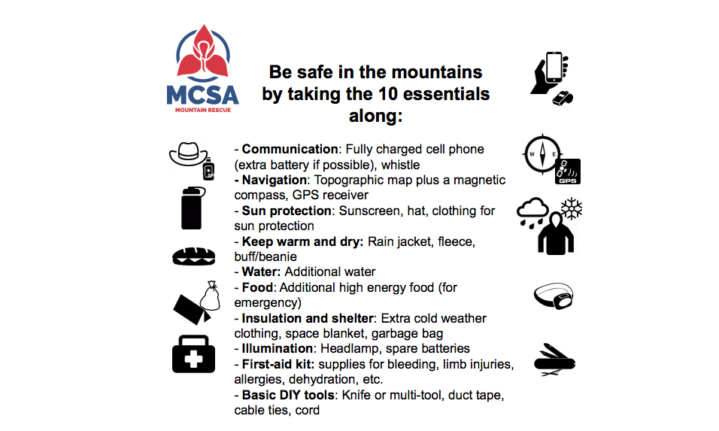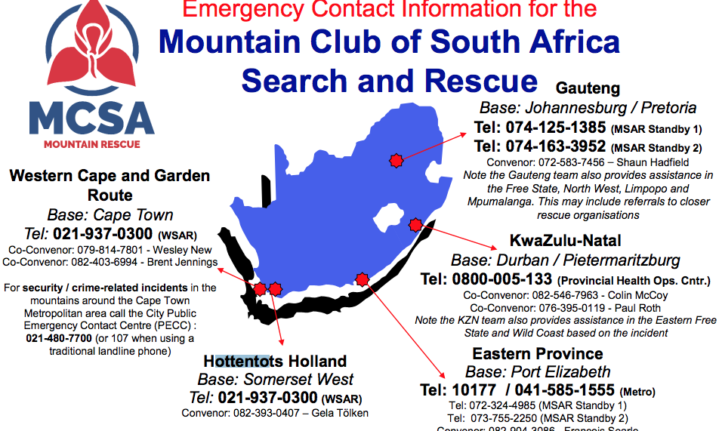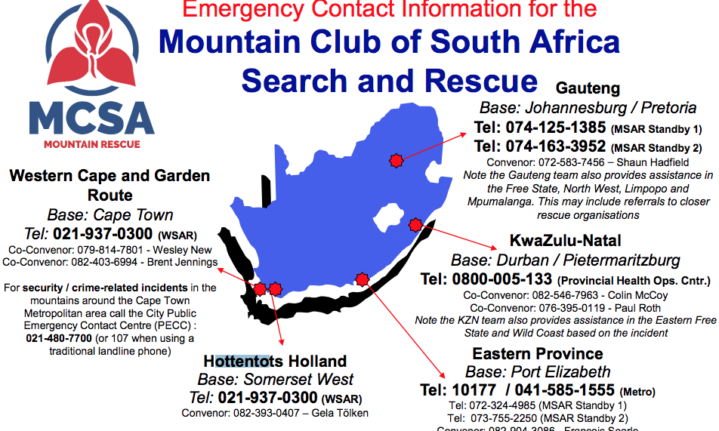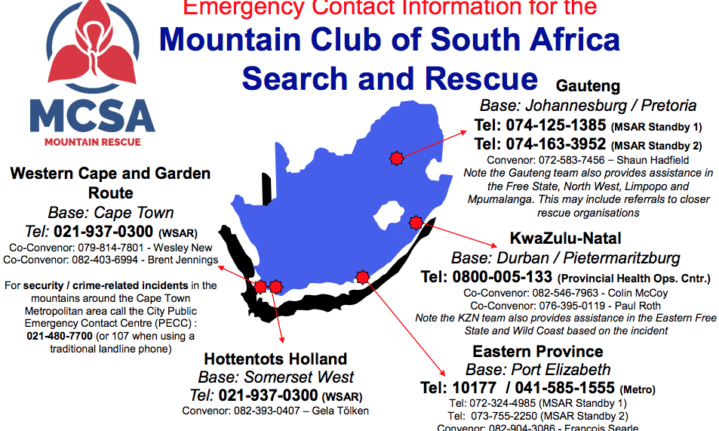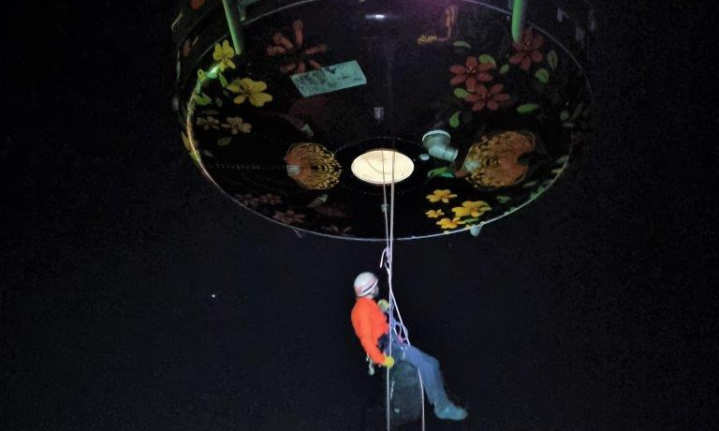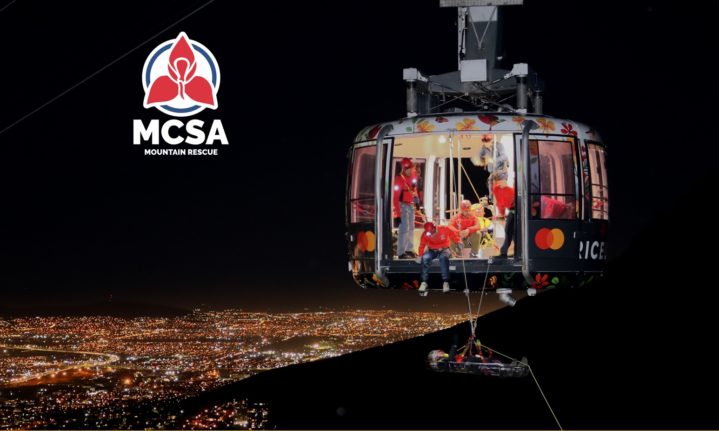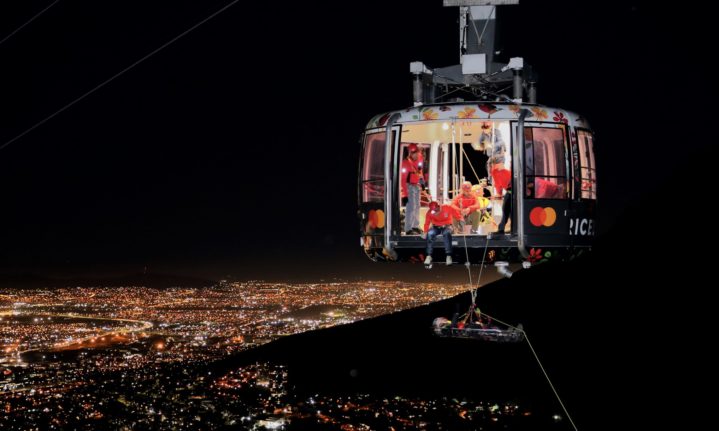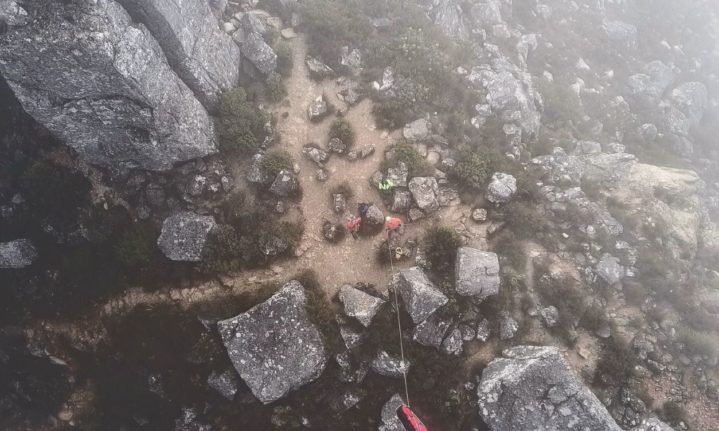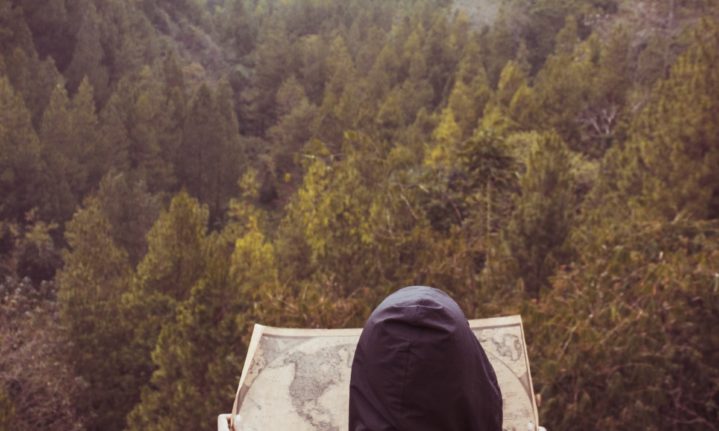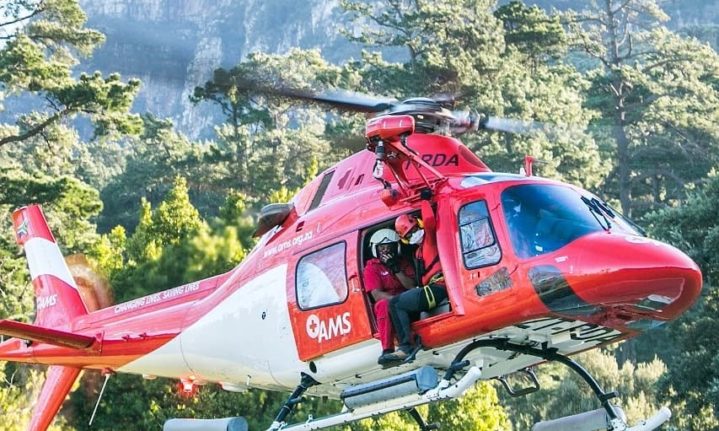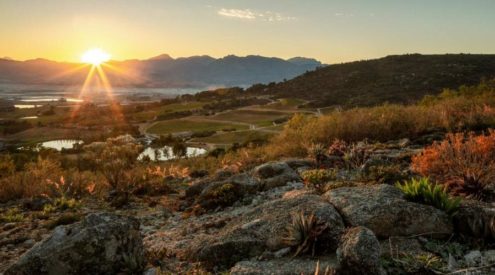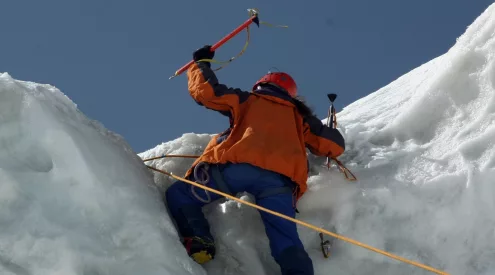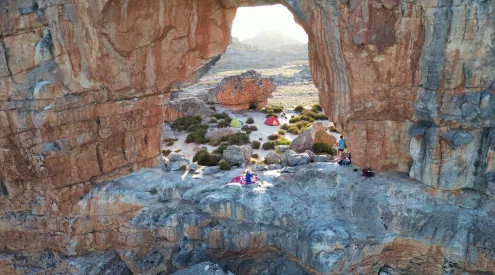South Africa is one of the best places to live as a hiker and to make sure you get back home safe and sound, we’ve asked The Mountain Club of South Africa Search and Rescue for some hiking safety tips.
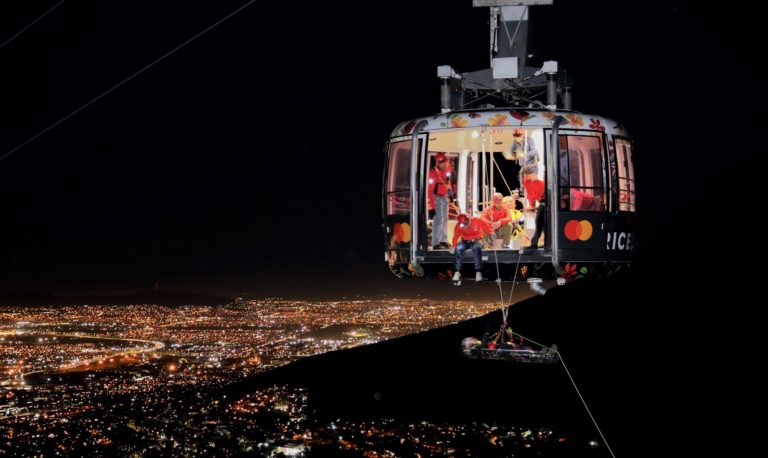
Picture: MSAR
Things can quickly go awry in the mountains. There’s a reason they say mountains can be treacherous, and the answer is not a pleasant one. What may seem like a fun day lower down on the slopes, could be a different story on the peaks.
Wilderness Search and Rescue (WSAR) and The Mountain Club of South Africa Search and Rescue (MSAR) respond to three incidents a week on average – 80% of them in the Western Cape.
These are then the perfect people to ask for advice on how to deal with inclement weather, and have summed up mountain safety in three easy steps:
- Be prepared for the trip
- Be prepared for things to go wrong
- Know who to call
Let’s delve deeper.
1. Be prepared for the trip
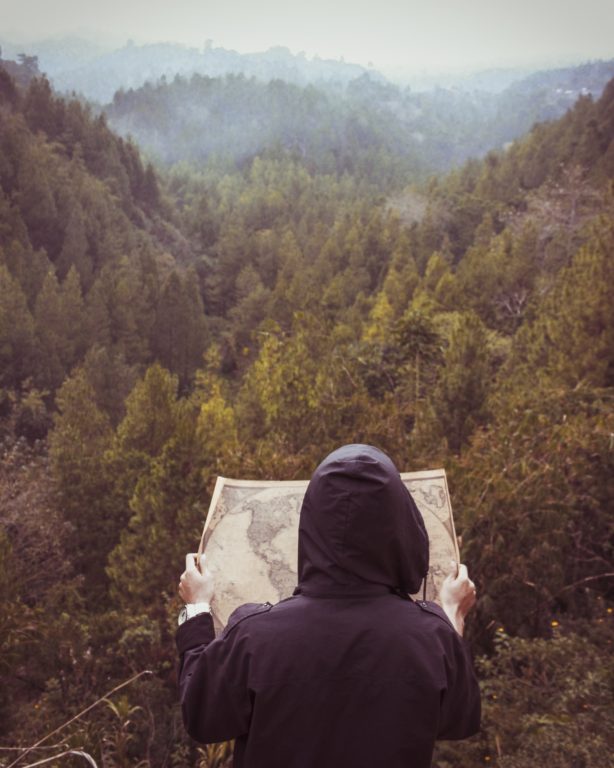
Picture: Unsplash
Essentially, know what to expect on the trip, plan, prepare and equip yourself accordingly. Don’t just have a destination in mind, but know your route – including escape routes and alternatives.
Once you leave the comfort of the car park and valley, there may be no signposts in the hills and mountains and the weather may close in. You have to be competent at navigating to your destination and back to safety.
Check the weather! Make sure you know what conditions you’ll encounter so you can plan accordingly. And of course – pack sufficient water. More than you will need. This cannot be stressed enough.
2. Be prepared for things to go wrong
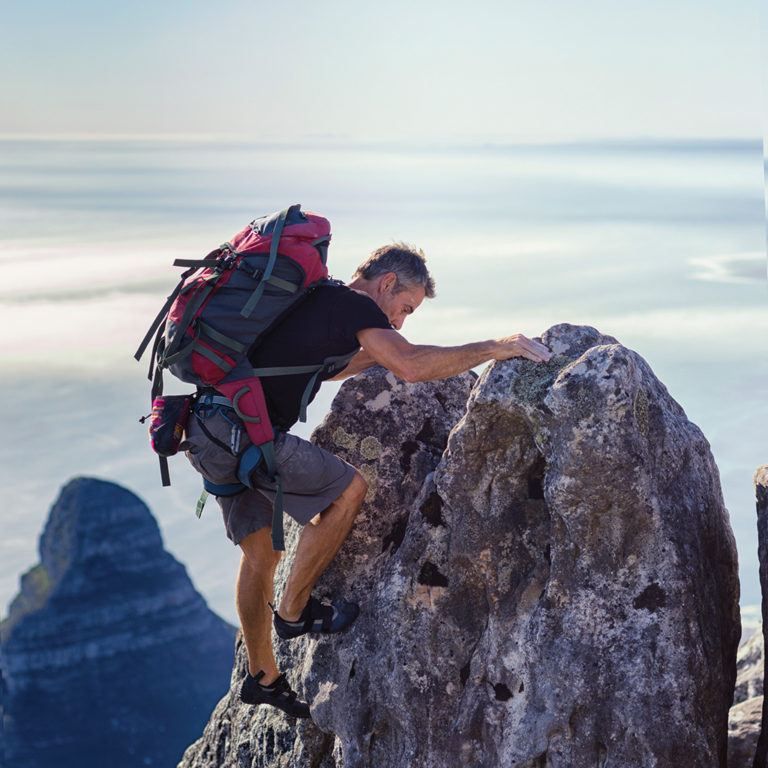
Picture: Getaway Gallery
In other words, plan for things to not go to plan. The number of risks on a hike is a bad decision. Hike in groups and discuss and agree upfront on a well-thought-out plan. Assess the likely hazards on your trip, and the ways around them.
During the hike, be vigilant of the group- their capabilities, weather, fatigue, daylight, and if anyone is struggling. Always carry an “essential kit” that includes a torch, warm and rain gear, and a first-aid kit.
Always pack a jacket, even if it’s a hot day. The weather can drastically differ on the other side of a slope, or if you get lost and the hike takes longer. the temperature can drop quickly once the sun goes down.
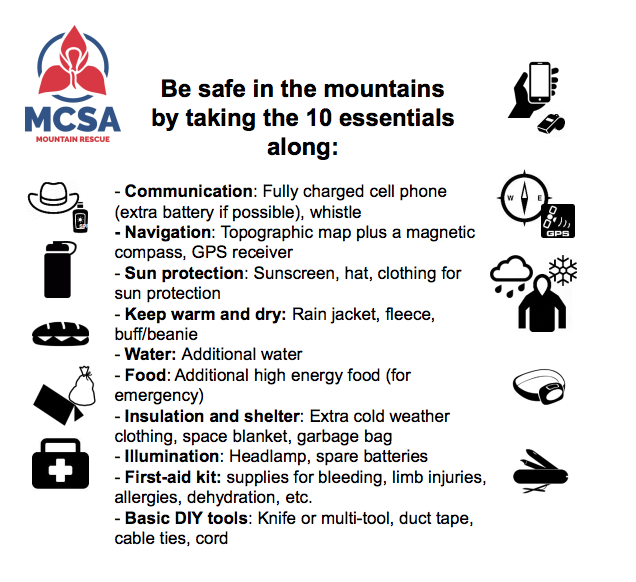
3. Know who to call
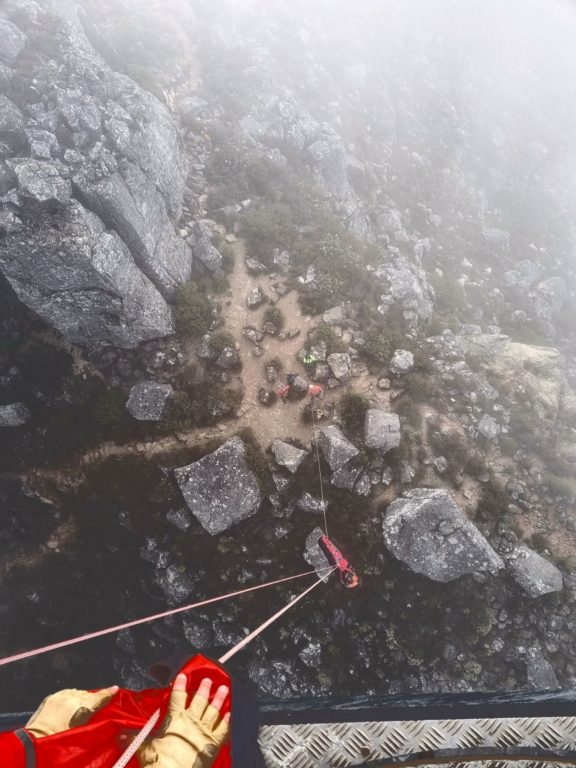
Picture: MSAR
Sometimes, regardless of how much you prepared, you have to call for help. Know the appropriate emergency numbers FOR THE AREA you are hiking in and write them down (this includes the contact details of the land owner etc. – they are closest) and make sure you have a fully charged phone before you set off.
But because the mountains are often unaccessible, you have to be prepared to manage the situation on your own for some time – it could be hours before help arrives, even though the MSAR and WSAR have a team on standby. Remember:
- There is no charge for rescue
- It can take you hours to get to a position to call for help
- Weather and night might delay a rescue response for several hours
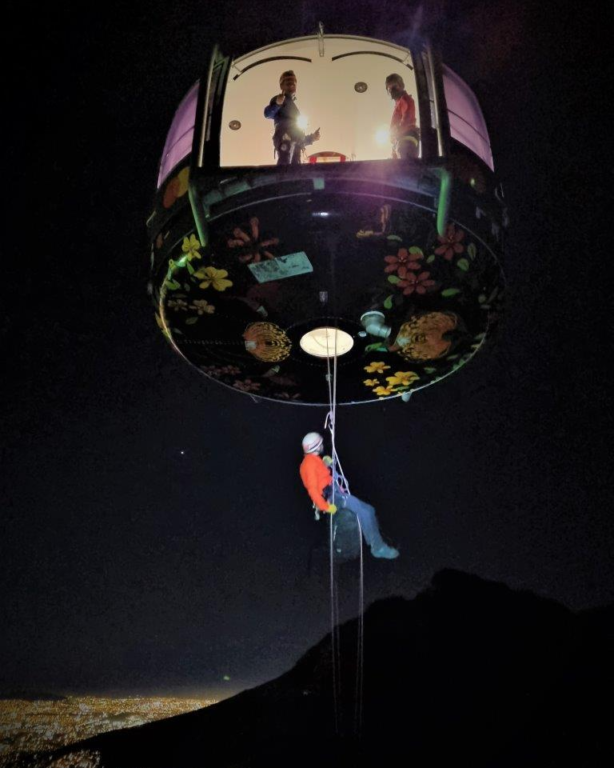
Picture: MSAR
Stay visible and be prepared t signal for help. When calling for help. have the following information ready:
- Your name and contact number
- exact location, When possible use a GPS to communicate location (Know how to obtain and send your GPS Coordinates from your phone)
- What has happened, when, and where
- Number of people injured
- number of bystanders
- Injuries sustained and first aid given
- Who’s on the scene to assist
- Local Weather
- When possible
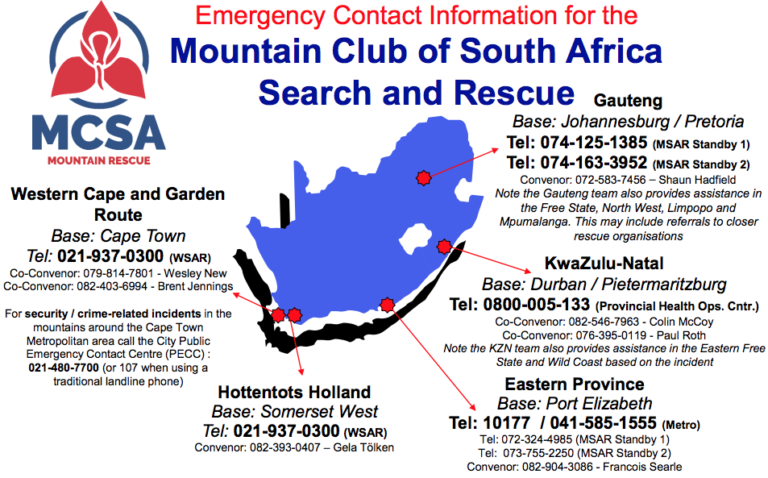
About the MSAR
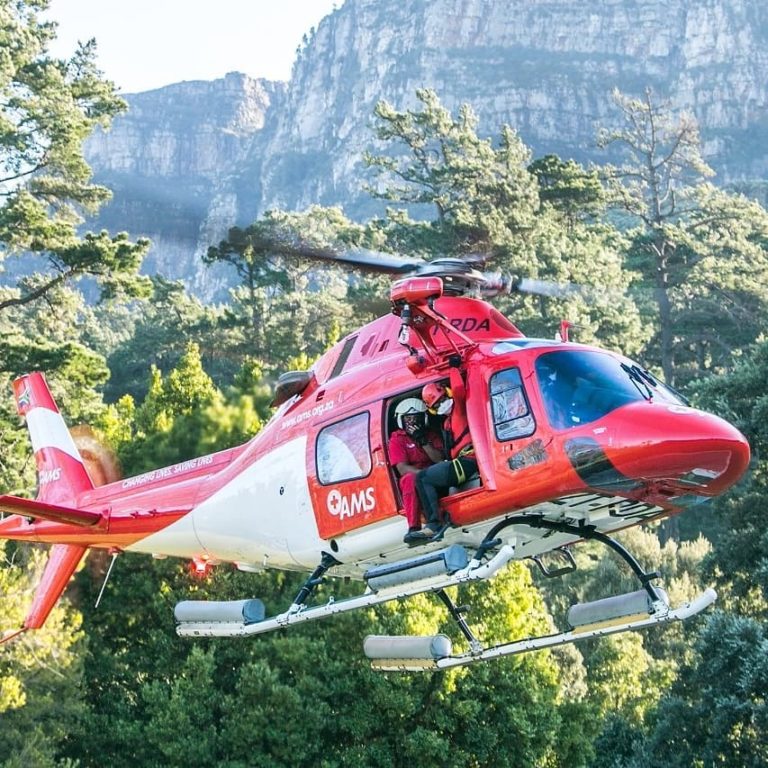
Picture: MSAR
The Mountain Club of South Africa (MCSA) has been pioneering volunteer rescue in South Africa for more than 130 years.
One of the key events that led to the formation of the MCSA was an incident in September 1889 where hikers were caught by the infamous ‘tablecloth’ on Table Mountain, and the party was forced to spend a cold night on the mountain. This incident set the ball rolling, and in 1891 the MCSA was formed.
From its onset, the MCSA has been organising search and rescue parties as one of its objectives, with its first recorded rescue in 1893 on Table Mountain.
To this day, the MSAR is responsible for most mountain rescue operations in South Africa with five teams throughout the country – Cape Town, Hottentots Holland, Gauteng, KwaZulu-Natal, and Eastern Province.
Core to their philosophy is that non-urban rescue requires a “team of teams’ approach with a multi-disciplinary rescue response comprised of multiple organisations such as the NSRI, Disaster Management, SAPs and nature authorities to name a few.
For more information, be sure to visit the MSAR here.
Follow us on social media for more travel news, inspiration and guides. You can also tag us to be featured.
ALSO READ: Youngest person to climb all 282 Munro peaks in Scotland is 10 years old









